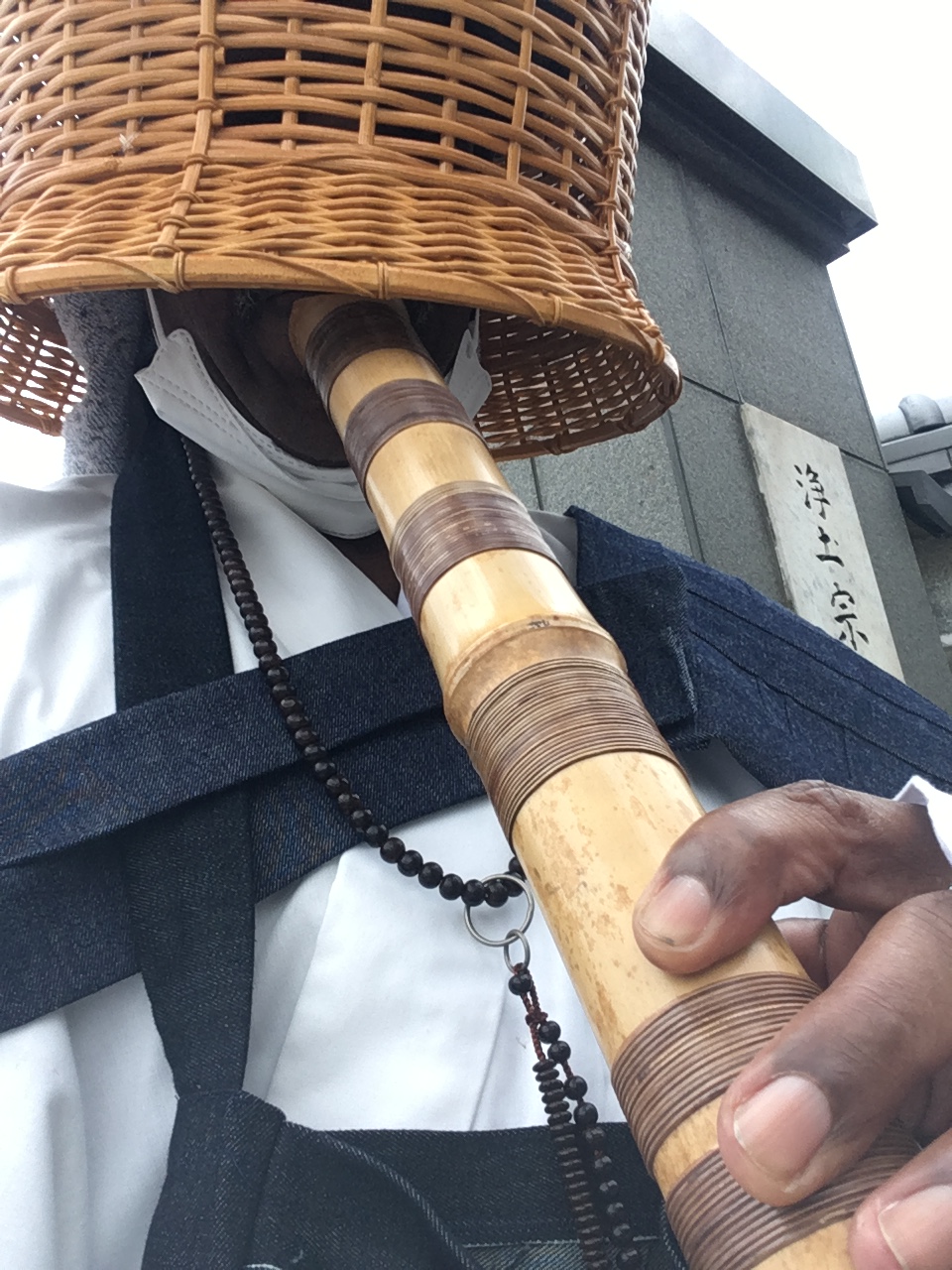“Sharing Ki/Chi: The Spiritual Breath of Shakuhachi in Martial Arts and Komuso Spiritual Practice”
Introduction
In the intricate tapestry of martial arts, meditation, and spiritual awakening, the Shakuhachi—an ancient Japanese bamboo flute—holds a place of profound significance. As a devoted martial artist, my journey has led me to explore the fascinating connection between this melodious instrument and the cultivation of Chi/Ki, the life force energy that courses through our being. In this essay, we will embark on a deeper exploration of how the practice of sharing Ki via the Shakuhachi aligns harmoniously with martial arts, meditation, and the path to spiritual enlightenment.
The Role of Chi/Ki in Martial Arts
Before we immerse ourselves in the world of the Shakuhachi, it is essential to grasp the central role that Chi/Ki plays in martial arts. Chi/Ki, often referred to as the life force energy or vital energy, serves as the cornerstone of various martial arts traditions, including Tai Chi, Qi Gong, Karate, Kyudo and more.
The cultivation of Chi/Ki represents a dedicated practice that involves harnessing this inner energy for physical and mental fortitude. Martial artists devote countless hours to refining their Chi/Ki, and the rewards are nothing short of extraordinary. Beyond physical strength, Chi/Ki can accelerate the healing process and deepen meditation experiences, ushering practitioners into realms of heightened focus and awareness.
One of the most renowned practices for nurturing Chi/Ki is Qi Gong—an array of exercises and techniques that empower martial artists to cultivate and circulate their life force energy. What makes Qi Gong particularly exceptional is that it can be pursued solely for health and longevity, independent of martial combat applications, making it accessible to individuals from all walks of life.
The Breath: A Tangible Manifestation of Chi/Ki
In the intricate realm of Chi/Ki, the breath emerges as one of the most palpable manifestations. Practitioners can not only feel the presence of Chi/Ki within themselves but also hear it and witness its effects through controlled and intentional breathing techniques. In ancient wisdom, the breath is categorized as one of the five primal energies, playing a pivotal role in various holistic practices, including Chinese and Indian traditional medicine and the art of Feng Shui.
Within the philosophies of martial arts, such as Ysing Yi Quan, Ba Qua Quan, and Tai Chi, Chi/Ki stands as a fundamental element contributing to combat effectiveness. The ability to harness and channel one’s Chi/Ki during martial arts techniques can significantly influence a practitioner’s power, precision, and overall performance.
Chi/Ki in Spiritual Practice
Beyond the realms of martial arts, Chi/Ki finds profound relevance in the journey of spiritual development. As a student of Ch’an/Zen and Yoga, I have come to appreciate that Chi/Ki extends far beyond the physical realm, serving as a catalyst for the deepening of spiritual consciousness and the transcendence of material limitations.
Various meditation methods incorporate Chi/Ki as a means to elevate spiritual awareness and reach the lofty summit of enlightenment. Additionally, Chi/Ki plays a pivotal role in some spiritual practice traditions in the reduction of karmic burdens, enabling individuals to progress on their spiritual journey with greater clarity and purity of heart.
The Shakuhachi: A Conduit for Sharing Ki/Chi
Now, let us embark on the profound connection between Chi/Ki and the Shakuhachi. As a Komuso Ch’an priest, part of my sacred ministry involves the art of playing the Shakuhachi in public—an act that serves as a unique opportunity to share my Chi/Ki as a form of spiritual and musical expression.
When I breathe life into Shakuhachi’s hauntingly beautiful melodies, I am not merely producing music; I am channeling my Chi/Ki into the notes and sharing it with the world. The vibrations and harmonies become carriers of spiritual energy, inviting listeners to embark on their own inner odyssey. Through the resonant power of sound, I convey profound spiritual truths, creating a deep and lasting connection with my audience.
Conclusion
In this fascinating convergence of disciplines and philosophies—martial arts, meditation, and spiritual practice—the Shakuhachi emerges as a harmonious vessel for Chi/Ki. It bridges the physical and spiritual worlds, enabling practitioners to channel their life force energy and share it with others through the art of sound.
The Shakuhachi becomes a portal for enlightenment and self-discovery, uniting the martial artist, the meditator, and the spiritual seeker on a shared path. As I play the Shakuhachi, I share not only melodies but also the essence of Chi/Ki, inviting all who listen to tap into their own spiritual potential. In this symbiotic relationship between music and life force energy, we discover a profound connection to the world around us and an enduring link to our inner selves.
